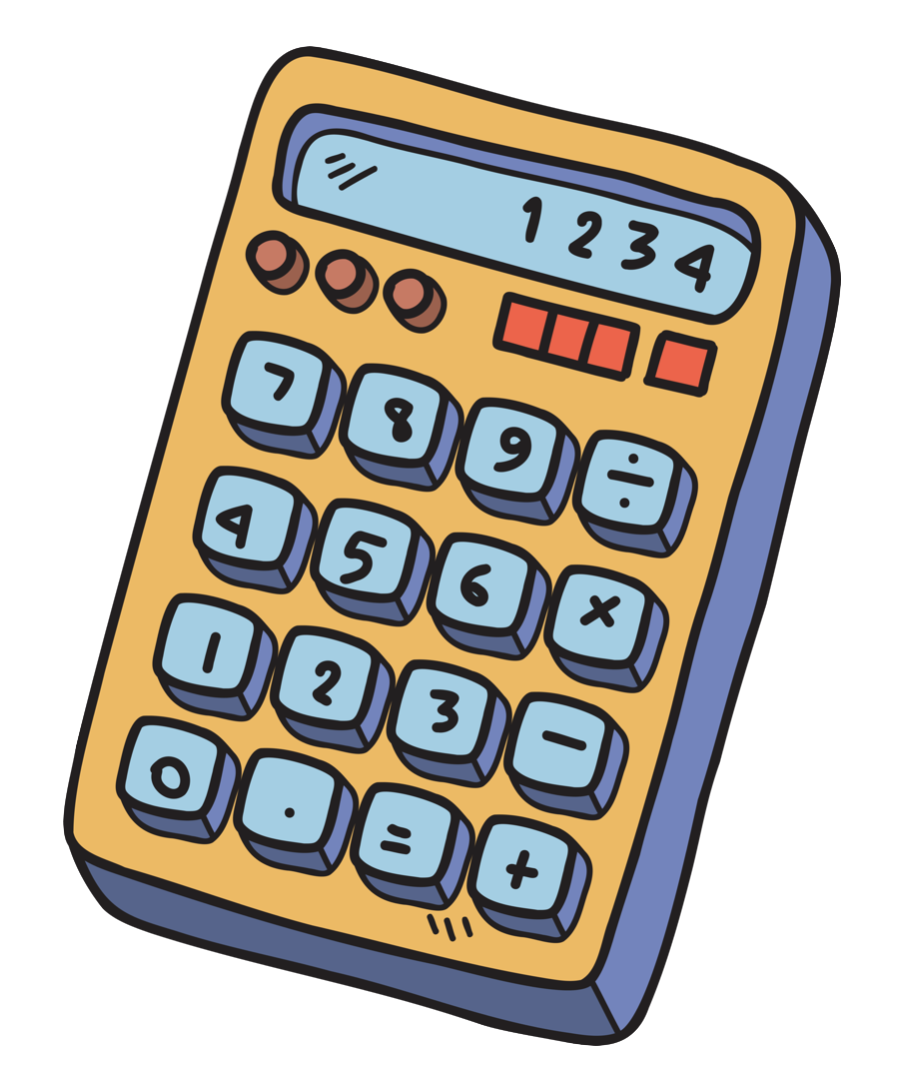| # | Problem | Pass Rate (passed user / total user) |
|---|---|---|
| 14280 | Fraction Comparator |
|
| 13873 | Dynamic Array 2 |
|
Description

Your task is to create a fraction comparator that can handle the comparison of two fraction formulas that contain only addition.
In the provided code, you are advised to use a structure called "FractionList", which functions similarly to a linked list. When performing an addition, add the new fraction to the end of the list. Then, sums up all the fractions in each list and compares the result in the end.
This is a partial judge problem. Please review the provided code and refer to the sections labeled "TODO" in the function.h file for further details.
Important: Please select C++17 to submit your solution.
Input
The first line of the input contains an integer N, representing the number of test cases. (1 ≤ N ≤ 5 × 104)
Each of the following N lines represents a test case.
Each test case contains a sequence of fractions and operations formatted as follows:
<fraction_1> + ... + <fraction_n> <operator> <fraction_1> + ... + <fraction_m> -> (5 ≤ n, m < 10)
Each fraction is written in the format <numerator>/<denominator>, where both numerator and denominator, as well as all numbers involved in calculations, fit within the range of a long long data type. The operators for each test case can be either "<", ">", "<=", or ">=".
Output
For each test case, output one line: If the given expression is true, output "True". Otherwise, output "False".
Sample Input Download
Sample Output Download
Partial Judge Code
14280.cppPartial Judge Header
14280.hTags
Discuss
Description
Based on the definition of Dynamic Array in Problem 13520 (nthu.edu.tw), you need to implement a dynamic array with the following functions:
- int& operator[](int): access data like using array. Users and main.cpp should/will not access the index which is greater or equal to size.
- void pushback(int x): append the element x
- void popback(void): pop the last element. Don't do anything if the array is empty.
- int back(void): return a copy of the last element. Return -1 if the array is empty.
- void clear(void): clear the array (set size to 0) so that the next pushbacks will place elements in data[0],data[1] and so on.
- int length(void): return the current size.
- void resize(void): double the capacity and copy the data.
- ~Darray(): destructor
Note that, two new functions void popback(void) and int back(void) are introduced in this problem.
// function.h
class Darray {
public:
Darray() {
capacity = 100;
size = 0;
data = new int[capacity];
};
~Darray();
int& operator[](int);
void pushback(int x);
void popback(void);
void clear(void);
int length(void);
int back(void);
void print(void){
if(this->size == 0){
cout << endl;
}
else{
for(int i=0; i<this->size; i++){
cout << this->data[i] << " ";
}
cout << endl;
}
};
private:
void resize(void); // double the capacity
int *data;
int capacity;
int size;
};
Input
There are six kinds of commands:
- “pushback integerA” represents adding an element with int value A at the end of the dynamic array.
- “popback “ represents removing the element at the end of the dynamic array.
- “clear” represents clearing the dynamic array.
- “length” represents showing how many elements are in the dynamic array currently.
- “back” represents showing the element at the end of the dynamic array.
- “print” represents showing the current content of the dynamic array.
Each command is followed by a new line character.
Output
The output should follow the instructions.
("pushback", "popback" and "clear" will not print anything)